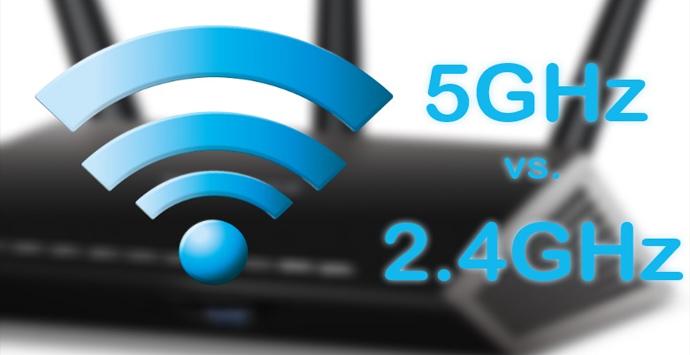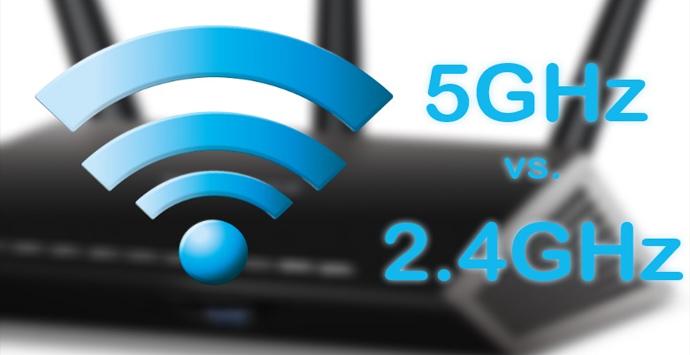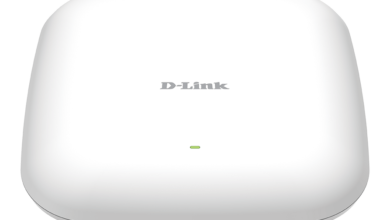
The objective is that these devices can have a proper speed to use them normally, that they do not have cuts or other problems that affect operation. Sometimes, just by making a few simple adjustments you can notice a significant improvement. You can see that all these problems that we mentioned disappear.
Improve Wi-Fi on all devices
Keep in mind that not all the devices you have at home have the same characteristics to have a connection. That is to say, a computer or a mobile phone are not the same, which usually have a better wifi receiver, than a smart light bulb or a temperature sensor, for example. It is in these latter cases that you will have to take certain measures to reduce the problem.
Locate the router well
The first thing you should do is correctly locate the router. It is key to choose a good place, such as a central area of the home. This way, it will be able to better distribute the signal to other devices and you will have fewer problems connecting devices of all types, without the risk of weak coverage or being cut off.
Avoid putting it near walls or thick walls. Also do not put it next to metal objects, possible devices that generate interference or in low areas. It is best to put it on top of a piece of furniture, for example. This way you will be able to distribute the signal better.
Change channel and band
Another step you can take is to change the Wi-Fi channel to which you connect. That channel you are using may be very saturated. This happens if your neighbors use the same channel or a nearby one. If you have ever used an FM radio, you will know that there are stations that, if they are on a nearby frequency, you have problems listening to correctly if you do not set the exact frequency and do not receive a strong signal. Something similar happens with Wi-Fi.
you could also choose another band. Generally, the 5 GHz band is best for good speed, but it is more sensitive to distance. As far as this article is concerned, what we are looking for is that the devices have good coverage and receive a signal. Therefore, whenever possible, you should use the 2.4 GHz frequency.
Be careful with what surrounds your devices
In this case, we talk about things you can keep close of the devices with which you have problems accessing Wi-Fi. For example, you might have other devices that use Bluetooth nearby. Since they operate on the 2.4 GHz frequency, they could cause problems and you will have difficulty connecting correctly.
You should also not put metal objects, things that have water in them (for example, a fish tank) and other appliances that can cause problems (such as a microwave) near these appliances. Locating the devices you are going to connect well is also key to having a good connection.
Use devices to improve coverage
One more tip is to use certain devices to achieve better coverage. Be careful with this, since the most common thing is to use a wireless repeater, but it will not always help. What we recommend is that you use equipment such as PLC devices or the Mesh systems. This way, you can really improve coverage.
PLCs are devices that work through electrical wiring, so the signal will arrive more stable. On the other hand, Mesh systems are several satellites that connect together. This will help to have better coverage throughout the home and connect devices of all types without problems.
Therefore, as you can see, you can take into account these tips that we have given to improve Wi-Fi network at home. The goal is to be able to connect all devices without problems, regardless of whether they are devices that may have more limitations when it comes to receiving the signal correctly.




